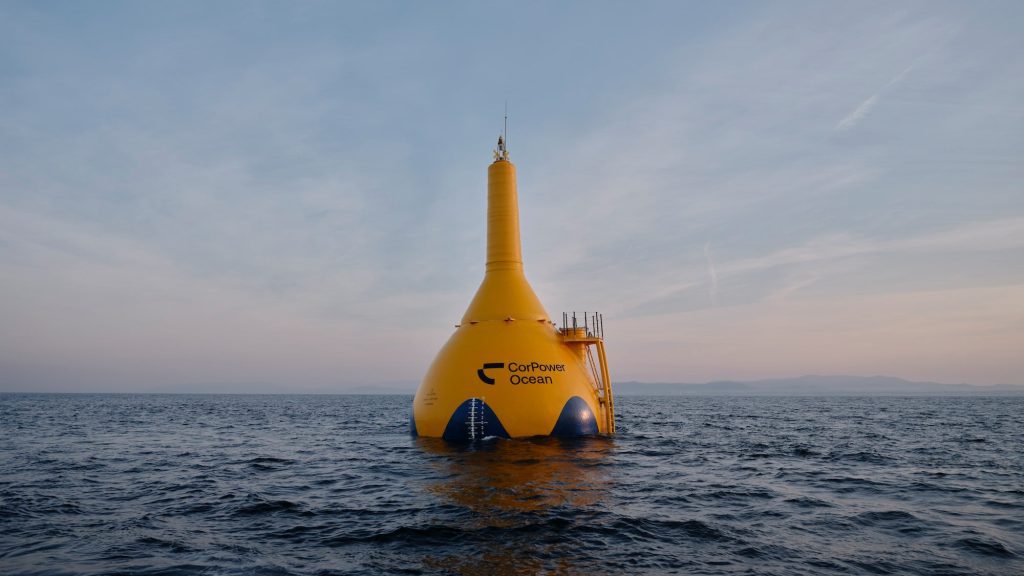Enormous buoys taller than 60 feet could potentially produce energy without pollution. This could be used to supply local power systems, but it's not easy to make it happen. The key is timing.
A company from Sweden CorPower recently finished its initial large-scale buoy power generation test near the coast of north Portugal. During the six-month trial, their three-story C4 Wave Energy Converter endured four severe Atlantic storms and adapted to constantly changing wave heights. While the final analysis is ongoing, the company is optimistic about the potential of this technology in advancing towards a sustainable future.
As New Atlas The basic idea behind CorPower’s C4 is simple. As it moves up and down with the ocean waves, an internal system turns that motion into rotational energy. At the same time, a tensioned, internal pneumatic cylinder reacts to wave phases, creating even more energy production. The company claims that this system can increase power generation by as much as 300 percent.
But what happens when the sea gets rough, like during storms that made waves nearly as high as the C4 itself? In such cases, the pneumatic cylinder switches off its active control to let the machine handle the tough ocean conditions until it’s ready to resume normal operation. CorPower compares this feature to similar systems in wind turbines that adjust their blades in response to weather conditions.
[Related: A large underwater turbine powered 1,000 homes in the Faroe Islands.]
During the C4 trial, CorPower recorded peak power production of up to 600kW, but they believe the current buoy can increase that to about 850kW. While this is not much compared to a single offshore wind turbinewith multi-megawatt capacity, CorPower plans to deploy thousands of more efficient WEC machines to create a more powerful energy network. Scaling up to 20 gigawatts of energy production could make the buoys cost $33-$44 per megawatt-hour, which is attractive to investors. In addition, C4’s aquatic power source operates nearly nonstop, unlike wind or solar generators.
However, achieving 20 gigawatts of power would require over 20,000 buoys, so a more cost-effective and efficient buoy system is necessary. CorPower is confident it can reach that goal and is planning a new trial phase with multiple C4 buoys in action.









